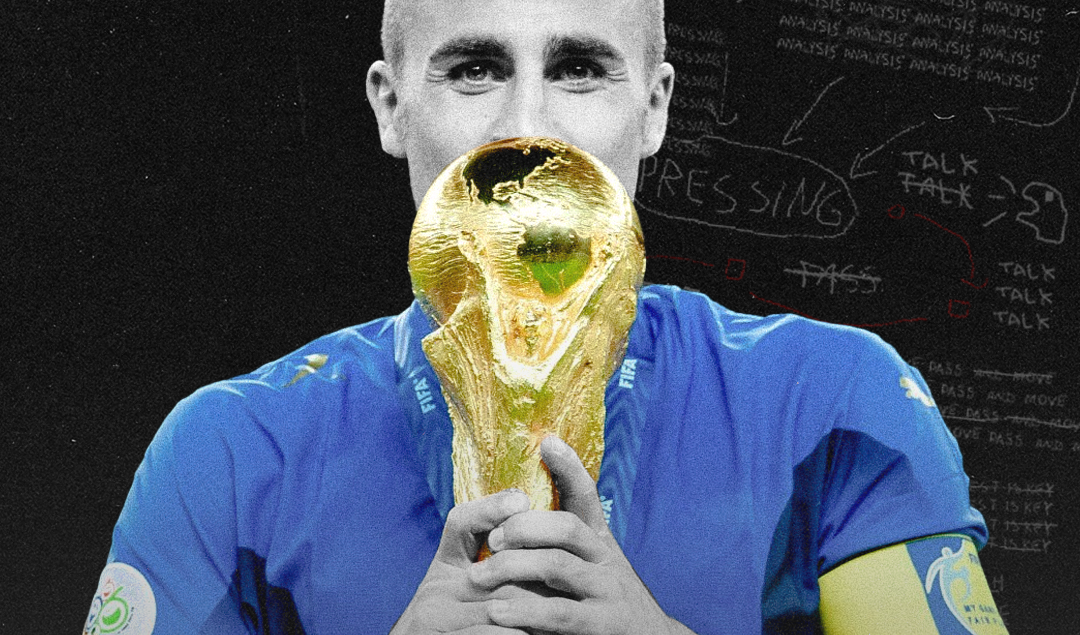Tactical Analysis: How Marcello Lippi’s Italy Won the 2006 FIFA World Cup
The mid 2000s oversaw a dramatic shift in European football’s power dynamics as the once-dominant Italian clubs collective crowns started to slip. A combination of ageing squads, the infamous Calciopoli scandal which tarnished the league’s formerly gleaming reputation and the subsequent expulsion of Juventus, Fiorentina and Lazio, who were the best teams in the country at the time.
Coming into the 2006 World Cup, the defending champions and favourites were Brazil. Joachim Löw’s Germany also were pushing to claim the title on their home soil, while England and France came into the tournament with formidable sides of their own. Italy, no longer the powerhouse in the world of football like they once were, needed a fresh start away from all the controversies at the domestic level. They needed to showcase their talents at the biggest stage to validate their standing as one of the world’s best footballing nations. Winning a fourth World Cup would undoubtedly solidify this claim.
Marcelo Lippi
The Italians have been historically blessed with a wealth of exceptional managers, with some of the greatest tactical evolutions emerging from Italian coaches. Marcelo Lippi certainly stands among them. Following a disappointing 2004 campaign under Giovanni Trapattoni, Lippi was appointed to turn Italian fortunes around. He believed in revolving his systems around his best players while also balancing it with utility players capable of performing various roles.
Behind his philosophy, Lippi was keen to foster relationships among players within a structured framework, ensuring fluid movement and strong structural cohesion. This approach made his teams entertaining to watch while he achieved numerous trophies throughout his career. It combined a control-oriented approach with flair.
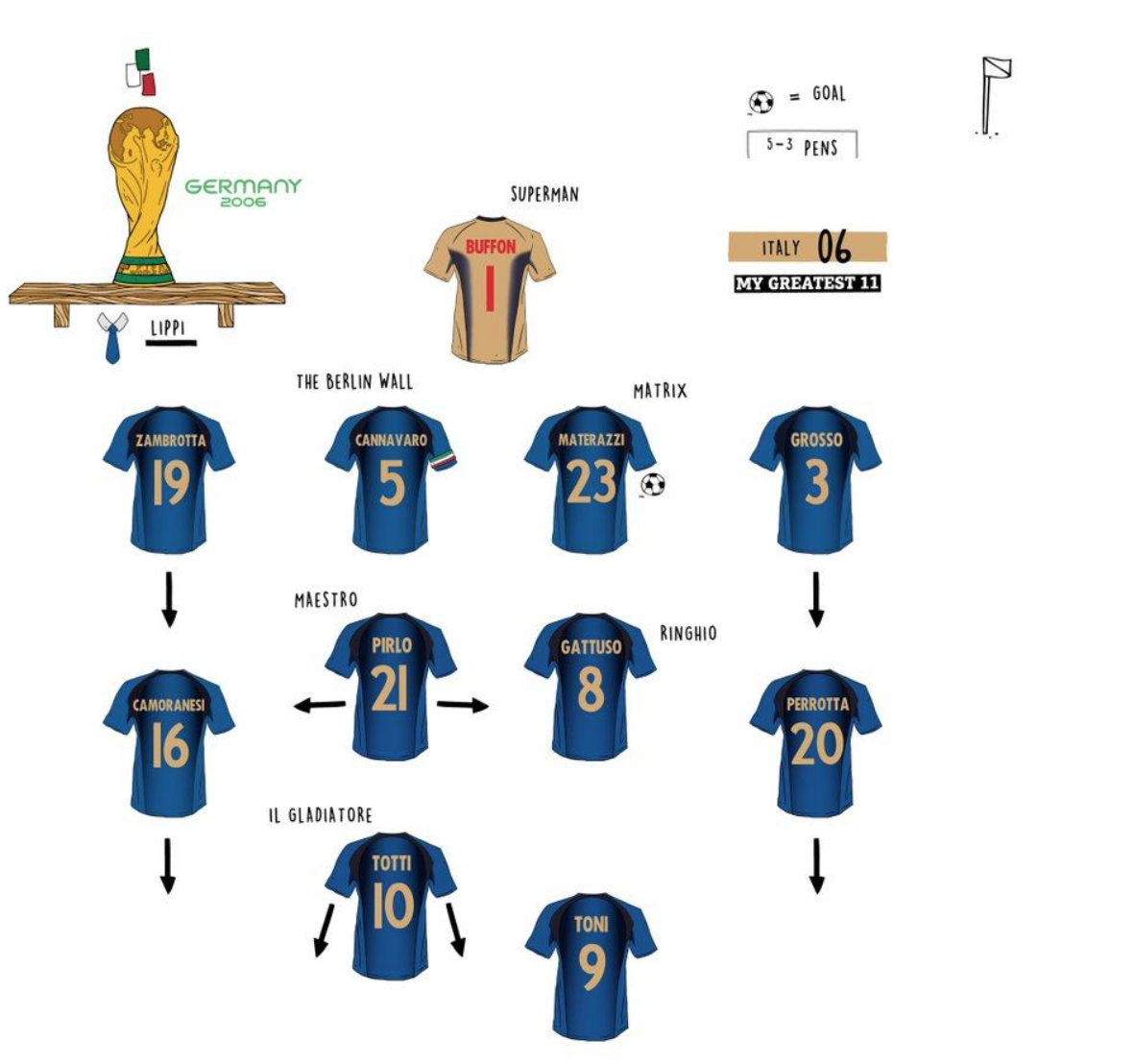
Photo: My Greatest 11
Defensive Organization
Lippi would instruct his teams to sit in an aggressive 4-4-2 mid-block, implementing a man marking system while looking for press traps and triggers all over the pitch. To supplement this, the two strikers would often sit narrow closing the passage to the central midfield, forcing the ball either wide or a long ball. This was extremely effective in their 2006 World Cup run as teams found the first stage of build-up against Italy difficult to bypass.
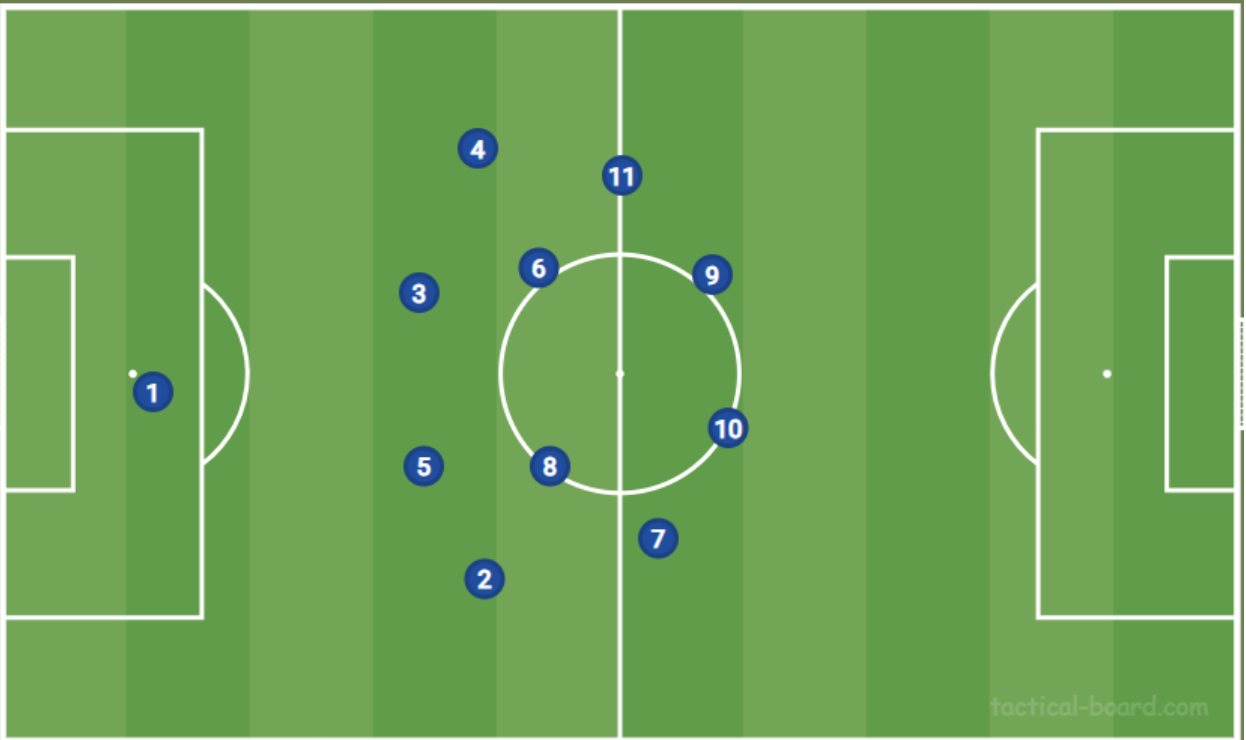
The system was certainly more akin to the 2020/21 Atletico Madrid team under Diego Simeone in their rest defence shape and the way they disrupted their opponents ability to progress centrally. When the opposition would shift the ball wide, the wingers would aggressively close down the fullback trying to force an error. But the crux of this strategy was to form a 4-3-3 press shape to gain control of spaces higher up the field and limit the opponent’s passing options.
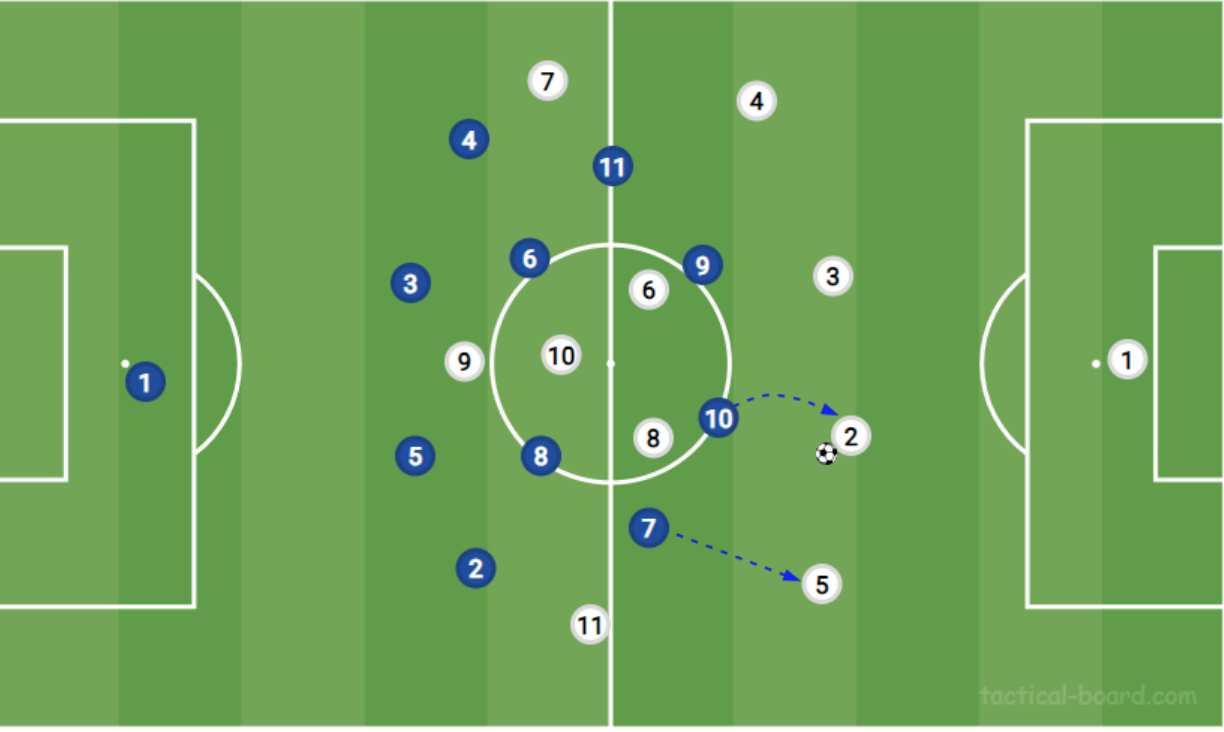
When the front line was broken, the standard man marking system would activate and try to win the ball immediately. The flaw in this would usually result in players being dragged out of positions, and others leaving to plug those gaps created.
Transitional Phases
When the ball is won back, Italy would look to pin the opposition on one flank to launch a counter attack. Once this side is overloaded, the ball is moved centrally to switch the play and exploit spaces between opposition lines in an intensely fast and direct way with emphasis on overloading the central spaces. This would quite often free up space out wide for a onrushing full-back or winger.
When the ball is lost, an aggressive man-to-man counter press is activated in an attempt to win the ball as high as possible and resume the attack.
Attacking Organisation
It was evident that Lippi’s attacking structure has clear emphasis on verticality. In a very proto-Sarriball way, Italy would look to find vertical solutions to an opposition’s press. was vertical in nature, often looking to stretch the opposition’s midfield and defensive lines to create space between the lines.
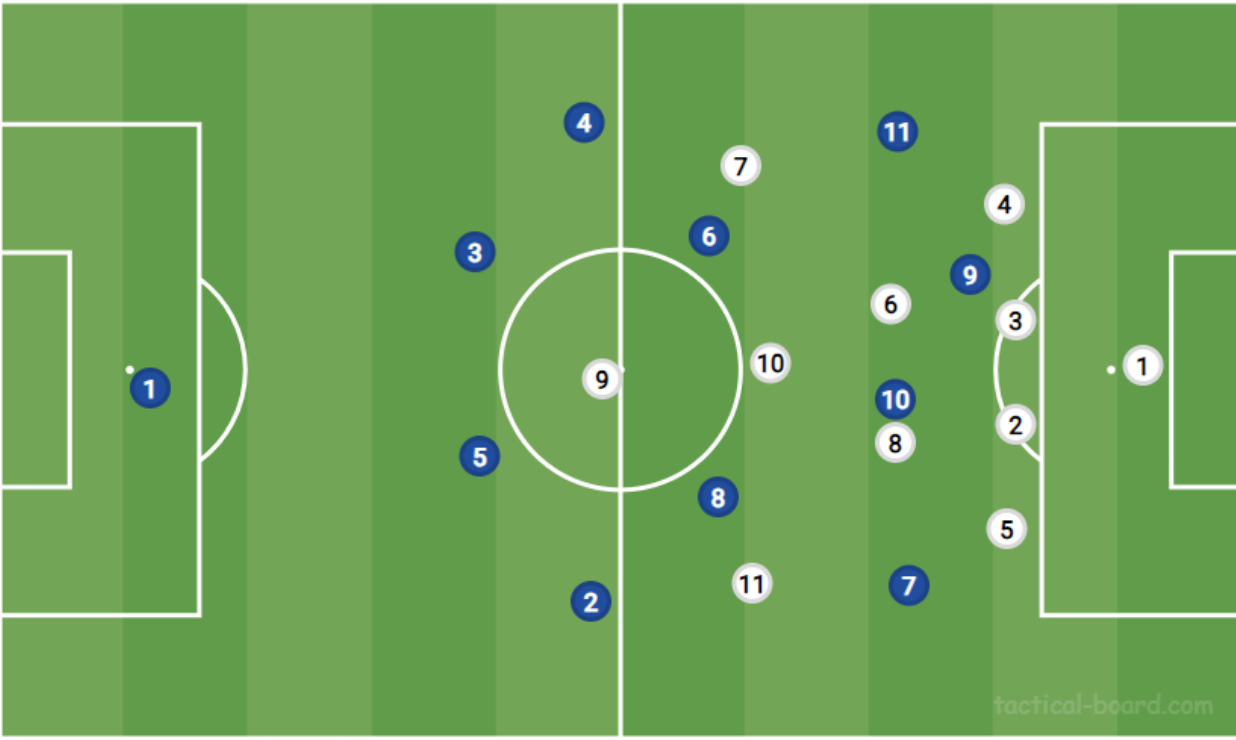
Starting out from the back, the keeper could look to play simple passes to any of the two centre-backs or fullback dropping to receive the ball. From there, the aim was to move the ball centrally to either Andrea Pirlo or Gennaro Gattuso. Although Gattuso was a more than capable technically, it was Pirlo who took the deep playmaker role or ‘Regista’ as it is commonly referred to.
Gattuso could instead look to move higher up taking space in between the lines, with Francesco Totti also dropping deeper from his No.10 role to a half space looking to receive between the lines which thereby created a 4-3-3 shape and overloaded one side of the pitch in build-up.
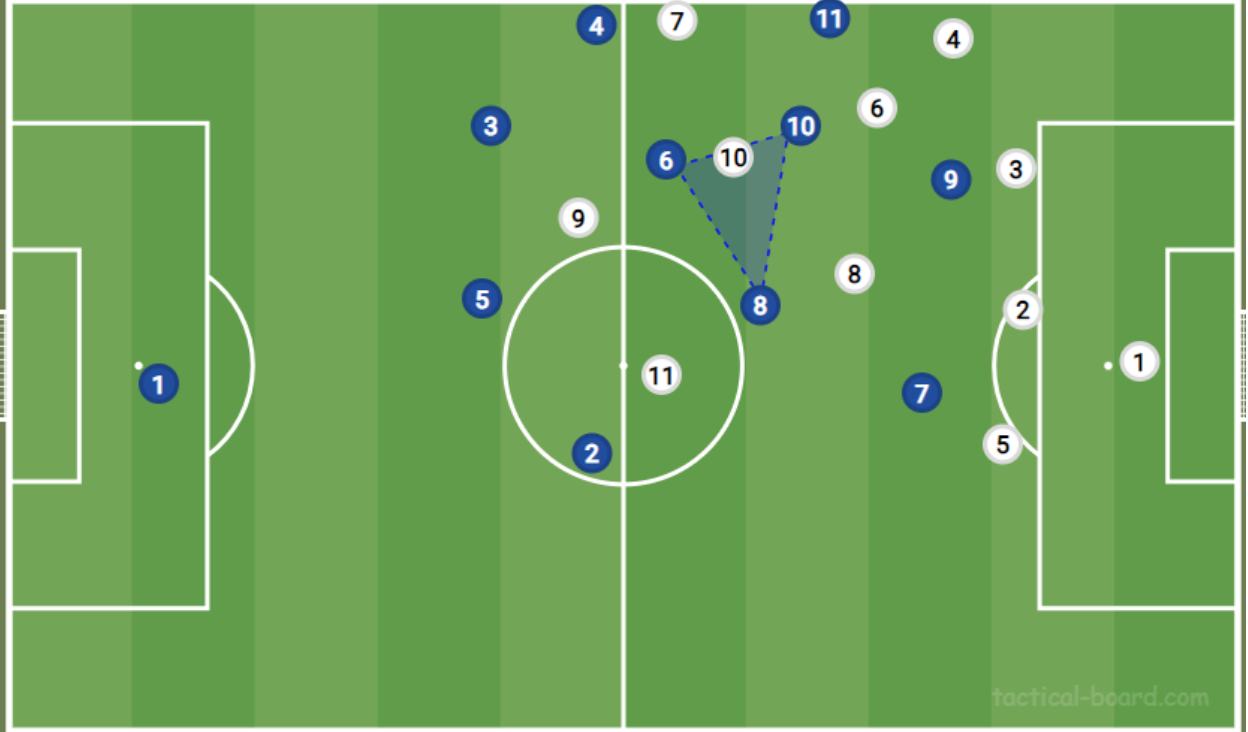
Gattuso’s skill in advancing with the ball enabled a fluid midfield, where players had the option to stay deep and receive. With the outfield stretched vertically, the two wingers could also transition into the half spaces, adding further disruption to defences and providing additional attacking options. Meanwhile, Luca Toni would occupy the centre backs by either maintaining close proximity to one of them or making runs into the channels if space opened up behind the defensive line, introducing a more unpredictable edge to the attack.
Conclusion
Lippi’s flexible and fluid tactical approach was the springboard for Italy to reach the World Cup Final, and despite their imperious defence, they were lauded for adopting a much more attacking approach than their predecessors. With this new-found flair and dynamism, Italy won the World Cup Final in Berlin, beating France 5-3 on penalties after drawing 1-1 in regular time, affirming their status once again at the very pinnacle of world football and claiming their fourth title on the game’s biggest stage.
By: Arhum Siddiqui / @MrArhumSiddiqui
Featured Image: @GabFoligno / Simon M Bruty / Getty Images
